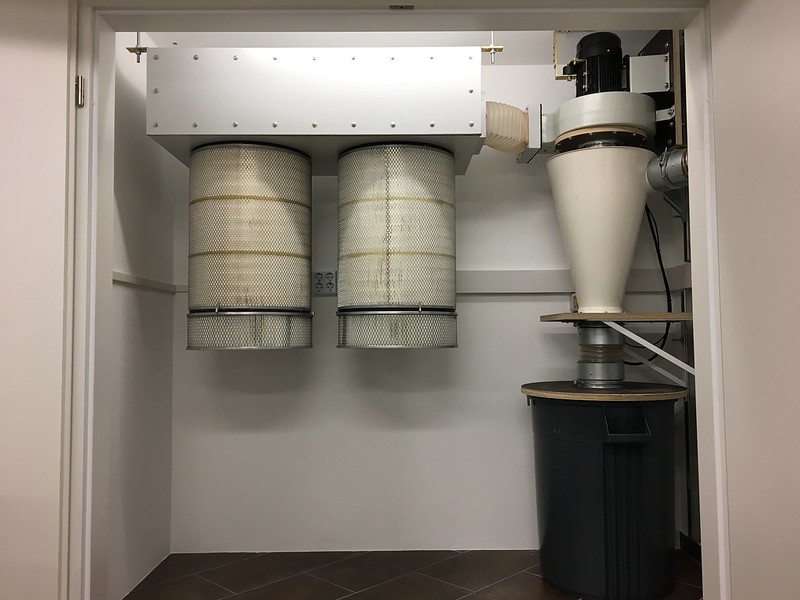dsteve250174
Member
Hi
I’m sure some of you must have had this issue before - I cobbled together my fairly limited dust extraction system a few months ago and it’s been working fine, but I was involved in a fairly lengthy sanding session getting my shed ready for repainting when the 30 litre container collapsed, see pic.
I have a shop vac and a cyclone (which had been attached to the now collapsed bucket.
So, can I ”re-inflate” the existing container or, just get a new one (bit concerned that it is now badly weakened) … more importantly, how can I prevent this happening again?
David S
I’m sure some of you must have had this issue before - I cobbled together my fairly limited dust extraction system a few months ago and it’s been working fine, but I was involved in a fairly lengthy sanding session getting my shed ready for repainting when the 30 litre container collapsed, see pic.
I have a shop vac and a cyclone (which had been attached to the now collapsed bucket.
So, can I ”re-inflate” the existing container or, just get a new one (bit concerned that it is now badly weakened) … more importantly, how can I prevent this happening again?
David S


































